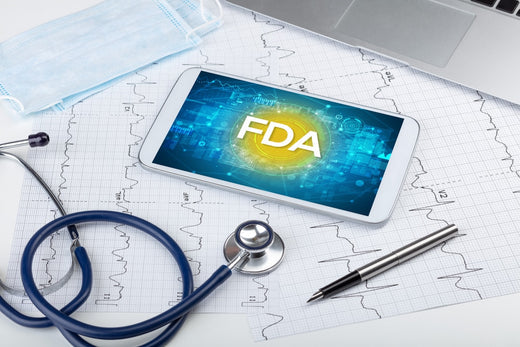What Is the FDA Approval Process for Medical Devices?

Share
Navigating the FDA approval process is a vital skill for anyone working in the medical device industry. The process ensures that devices are safe and effective for public use, but it can be lengthy and complex. Here’s a breakdown of how it works.
-
Understanding FDA Classifications
The FDA classifies medical devices into three categories based on risk: Class I, II, and III. Class I devices, such as bandages, are considered low-risk and generally do not require premarket approval. Class II devices, like diagnostic imaging equipment, require manufacturers to demonstrate that their devices are substantially equivalent to devices already on the market through the 510(k) process. Class III devices, such as pacemakers, are the highest risk and typically require the most rigorous testing and approval through the Premarket Approval (PMA) process. -
The 510(k) Process and PMA
For Class II devices, manufacturers must submit a 510(k) application, which demonstrates that the device is “substantially equivalent” to another legally marketed device. This process requires a detailed review of the device’s intended use, design, and clinical performance. Class III devices, however, require a more comprehensive PMA process, including clinical trials and extensive safety and efficacy data. The FDA will evaluate these submissions thoroughly before granting approval. -
Clinical Trials and Data
The approval process often involves clinical trials to demonstrate a device’s safety and effectiveness. Manufacturers must submit detailed reports of these trials, including patient data, adverse event information, and any risks associated with the product. Clinical trials for high-risk devices may be extensive and require multiple phases of testing before the FDA can approve the product. -
Post-Market Surveillance
After a device is approved and reaches the market, the FDA continues to monitor its performance through post-market surveillance. This includes tracking adverse events, issuing recalls if necessary, and ensuring ongoing compliance with regulatory standards. Manufacturers are required to submit regular reports on their device’s performance, ensuring that it remains safe for use. -
Challenges and Opportunities
The FDA approval process can be lengthy, sometimes taking years for high-risk devices. However, it provides essential oversight that helps protect patients. By understanding the FDA approval process, aspiring medical device professionals can better navigate the regulatory landscape and contribute to the development of safer, more effective products.
Sources:
- FDA - Medical Devices
- MedPage Today

